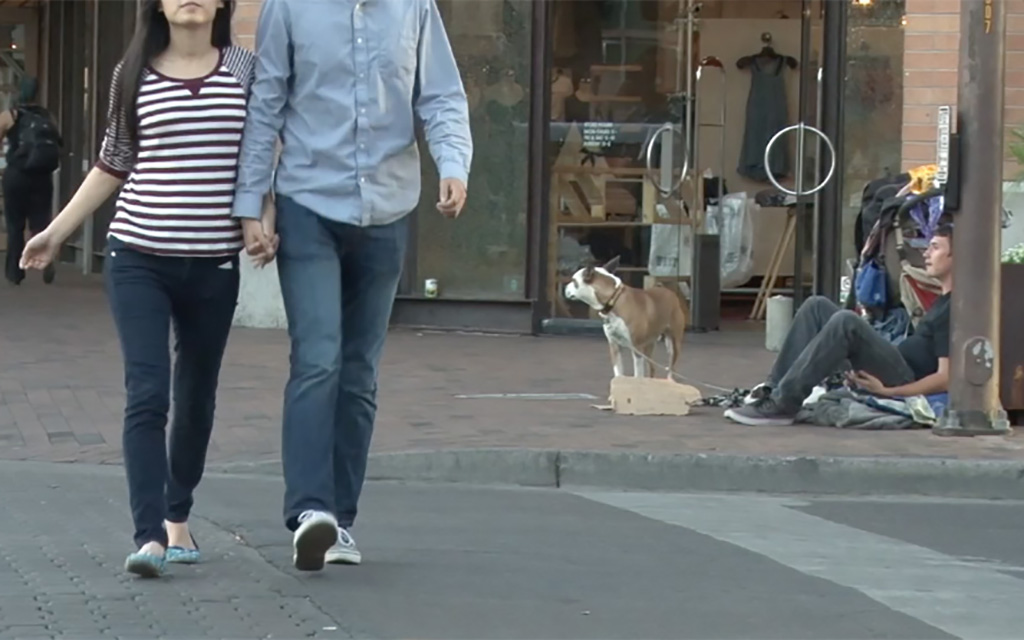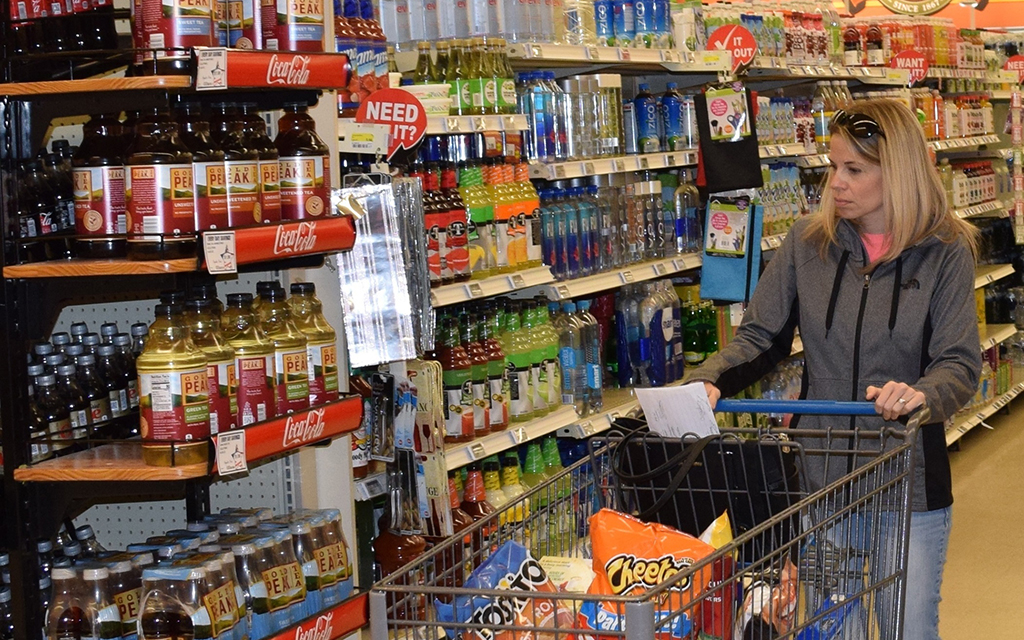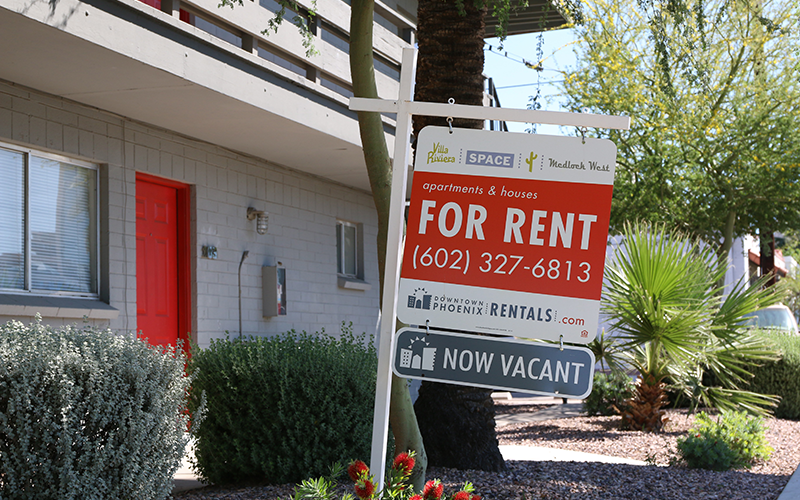WASHINGTON – Arizona saw the largest increase in the number of homeless youth in the nation last year, at a time when other large states were seeing those numbers decline, according to a recent federal report.
The December report from the Department of Housing and Urban Development said 284 unaccompanied youth under age 25 were added to the rolls of homeless people in Arizona between 2020 and 2022, bringing the total in the state to 917. And advocates say that number may actually be an undercount of the real problem.
“HUD does not believe that couch surfing should be considered as homeless,” said Dawn Bogart of the nonprofit Homeless Youth Connection, pointing to just one area where unaccompanied youth may be missed. “For a lot of our youth who might be couch surfing, they can easily be going between three to five different homes in any given time.”
Arizona did not have the largest number of homeless youth in the nation, trailing well behind larger states like California, New York and Florida, according to the report. But while Arizona’s numbers were climbing, all of those states saw their numbers drop – California had 9,590 homeless youth in 2022, for example, but that was 2,582 fewer than two years earlier.
The numbers came from part one of HUD’s Annual Homelessness Assessment Report to Congress, which is based on the annual point-in-time survey of homelessness taken on one night in late January in communities across the country.
The report usually measures year-to-year changes in the nation’s homeless population, but the latest report spanned two years because of pandemic-related problems with collecting the data in 2021. Even 2022’s numbers may have been skewed, the report’s authors concede, by the fact that more than a third of communities were allowed to delay their survey until February or March, when warmer weather may have reduced the number of people in shelters.
The report measures a wide range of characteristics about the homeless population, from age, gender and races to veteran status, family groupings and whether people were sheltered or unsheltered. Nationally, the homeless population continued its steady rise over the last few years, going from 580,466 in the point-in-time count for 2020 to 582,462 in 2022.
It was a mixed bag for Arizona, which finished between fifth and seventh place among states in several categories, including total number of homeless people, numbers of families and veterans and overall growth in the homeless population. Overall, Arizona had 13,553 homeless residents in 2022, the report said.
The numbers did not come as a surprise to experts in Arizona, who said the state continues to attract new residents at a time when a housing shortage has led to less availability, higher rents and more evictions.
“We’re one of the fastest growing counties in the country and we have several of the fastest growing cities in the country,” said Kelli Donley Williams, director of human services for the Maricopa Association of Governments. “I don’t think the housing stock was able to keep up with it.”
While the increases in the report were not surprising, Williams said it is “an issue of increased concern in our community.”
That was echoed by Jose Urquizo, a case manager for Native American Connections’ Transitional and Emergency Youth Housing. As someone who has worked to support young people for 18 years, he said the current high volume of those needing emergency shelter from his organization has been alarming.
Many of Urquizo’s cases this year include people who traveled to Arizona from California and areas in the Midwest, drawn to Arizona’s warm weather who then find it hard to find permanent housing when faced with soaring inflation and housing costs in the Valley.
“What’s happening is they’re having to stick around longer, which means that our waitlist continues to get longer,” Urquizo said of youths in his organization’s shelter. “And instead of sometimes identifying their own housing, sometimes they’re having to roommate up, which we really don’t encourage.”
Bogart, the co-CEO of Homeless Youth Connection, said the demand for housing has led to higher prices which, in turn, has led to more evictions, pushing more families and young people onto the street.
“A lot of these complexes (in Phoenix) have been undergoing renovation, and as they renovate and make the property nicer, they’re able to increase the rent,” she said. “So the people that were living in those apartments can no longer afford to live there.”
Attempts to help were complicated by the pandemic, when schools were forced to shut down. Bogart said that left her organization, which partners with 130 high schools, without one of the main ways it can identify and reach out to youth in need.
“When the pandemic forced the schools to close, they could no longer identify the youth as homeless because they weren’t on the school campus,” Bogart said.
The Maricopa Association of Governments does its own point-in-time count every January, which has helped it obtain federal funding that can be directed to programs that work to alleviate homelessness, Williams said. But she added that donations and community organizing are also essential in fighting the problem.
Both Bogart and Urquizo emphasized the significant influence the government has in Arizona’s homeless epidemic, but both said more needs to be done.
“I don’t know where all the answers are, but I definitely feel the pressure on me,” Urquizo said. “And obviously, my agency feels that pressure to do something more about what we’re seeing.”



